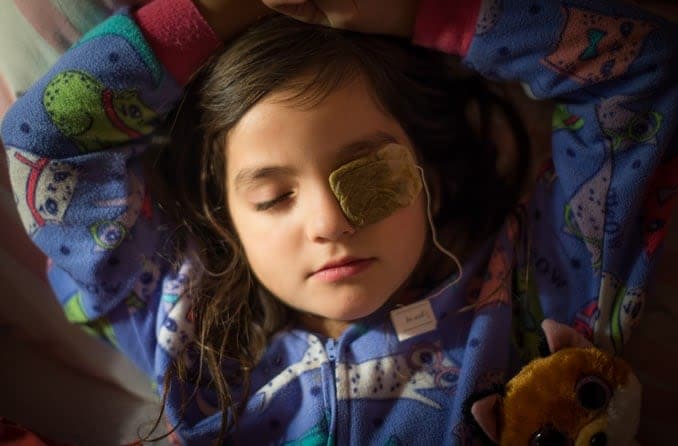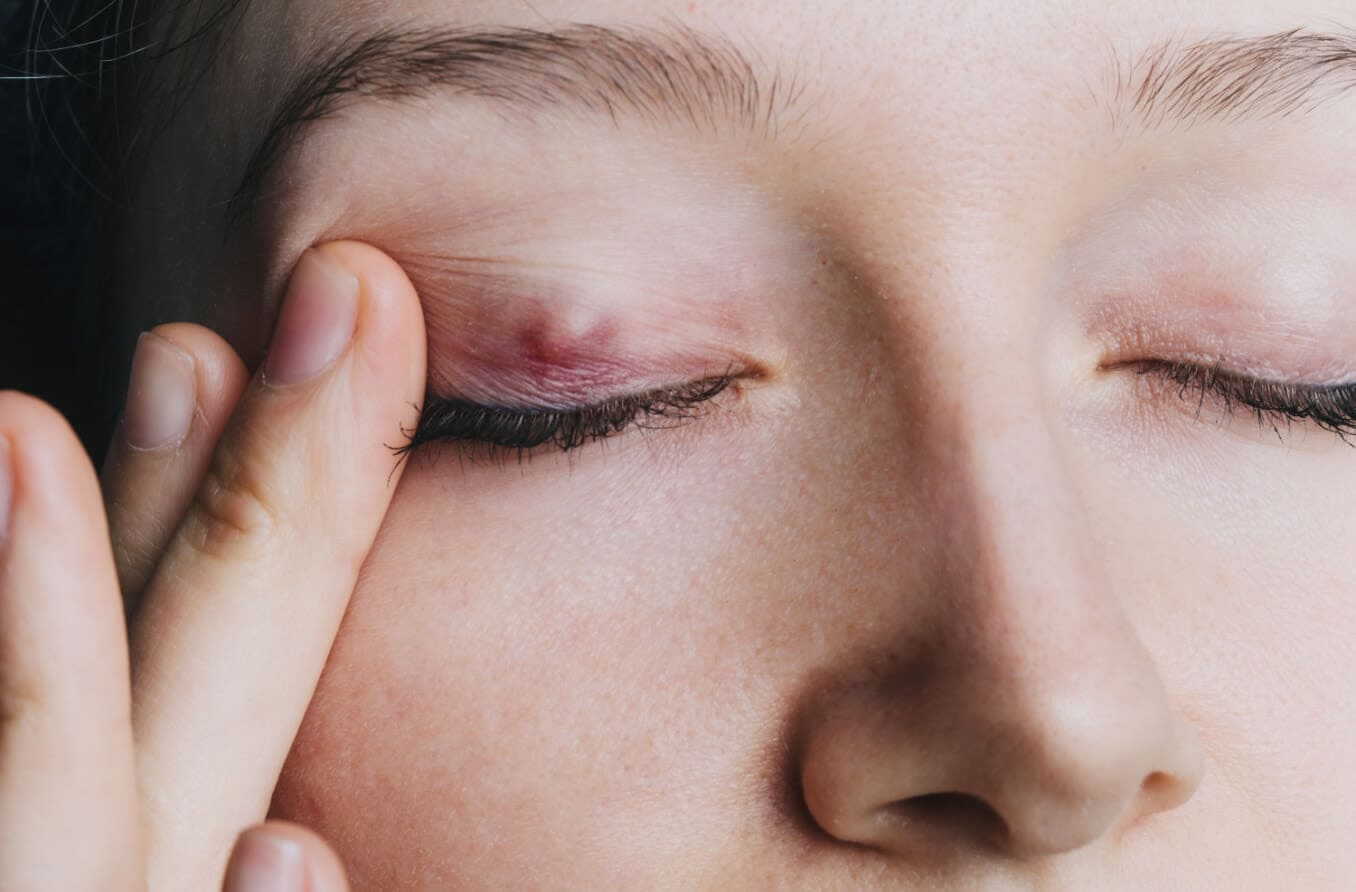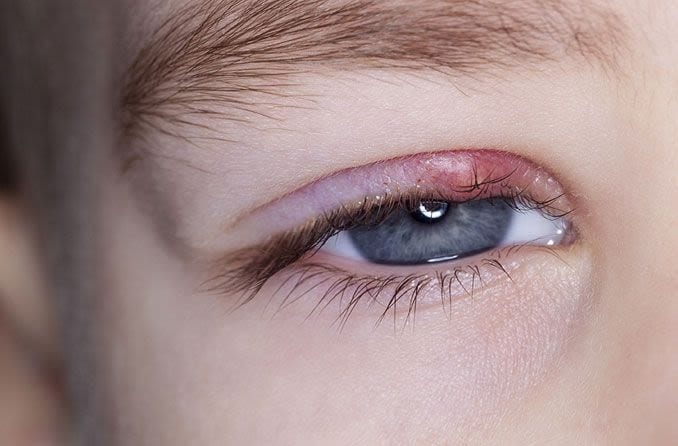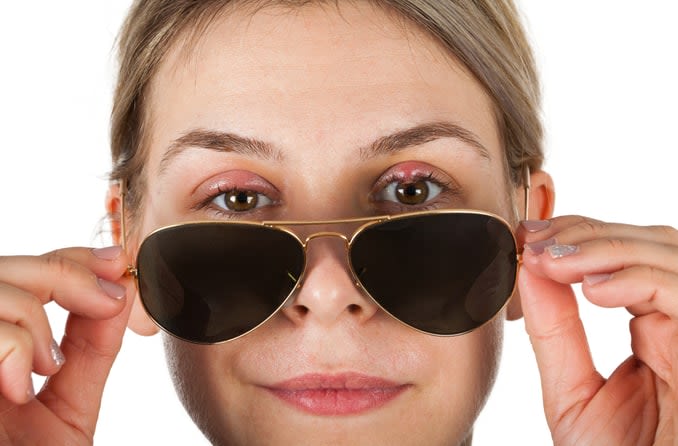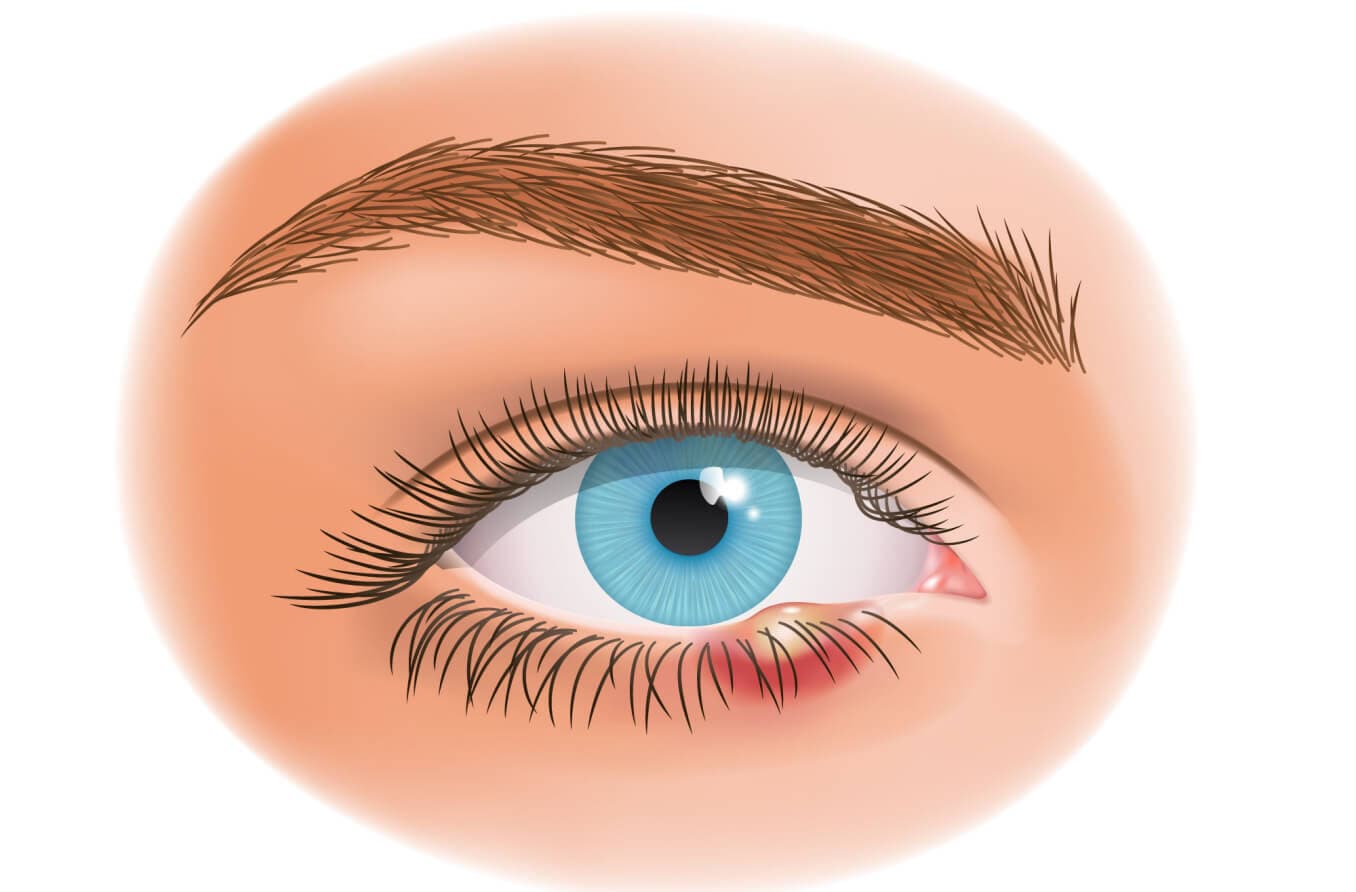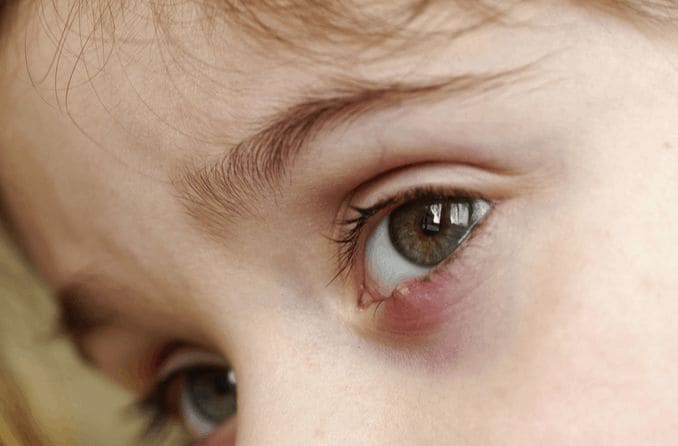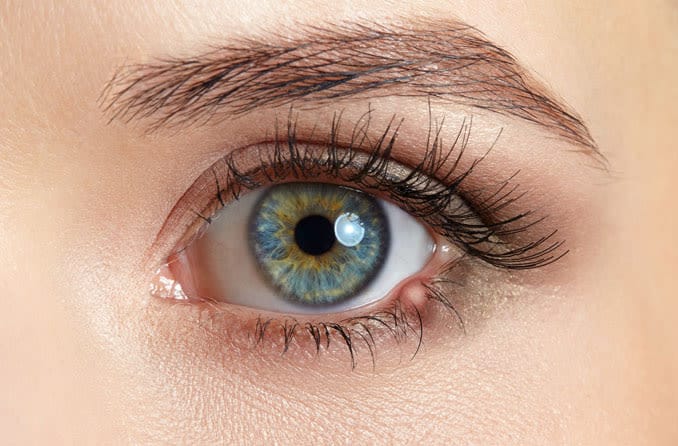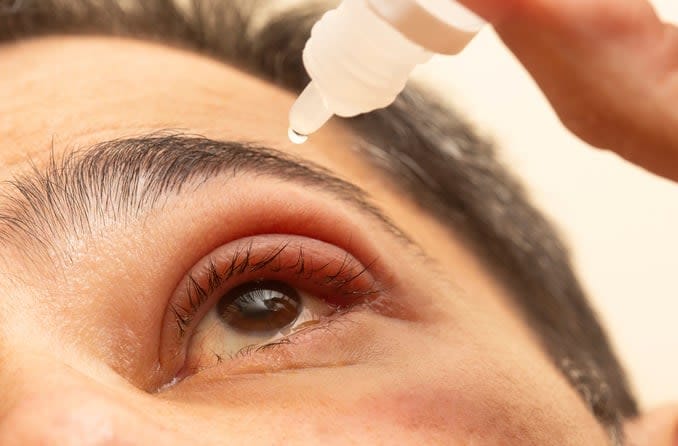When bacteria causes a stye — a painful, pimple-like bump — to form on your eyelid, it can be hard to ignore. While styes typically heal on their own, they can be treated at home to help speed up the healing process and prevent further infection.
To minimize how long your stye lasts, here are 10 stye home remedies you can try:
